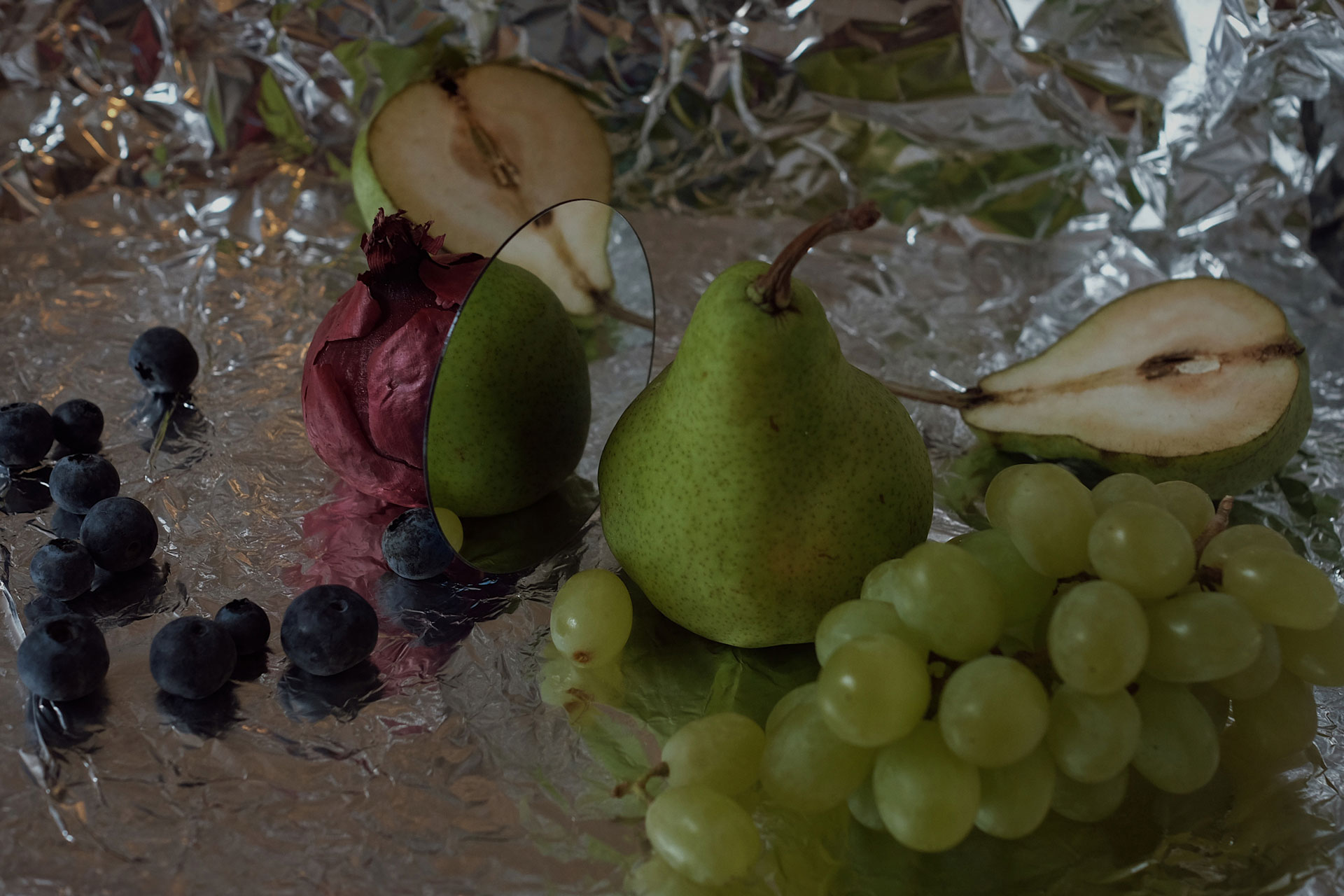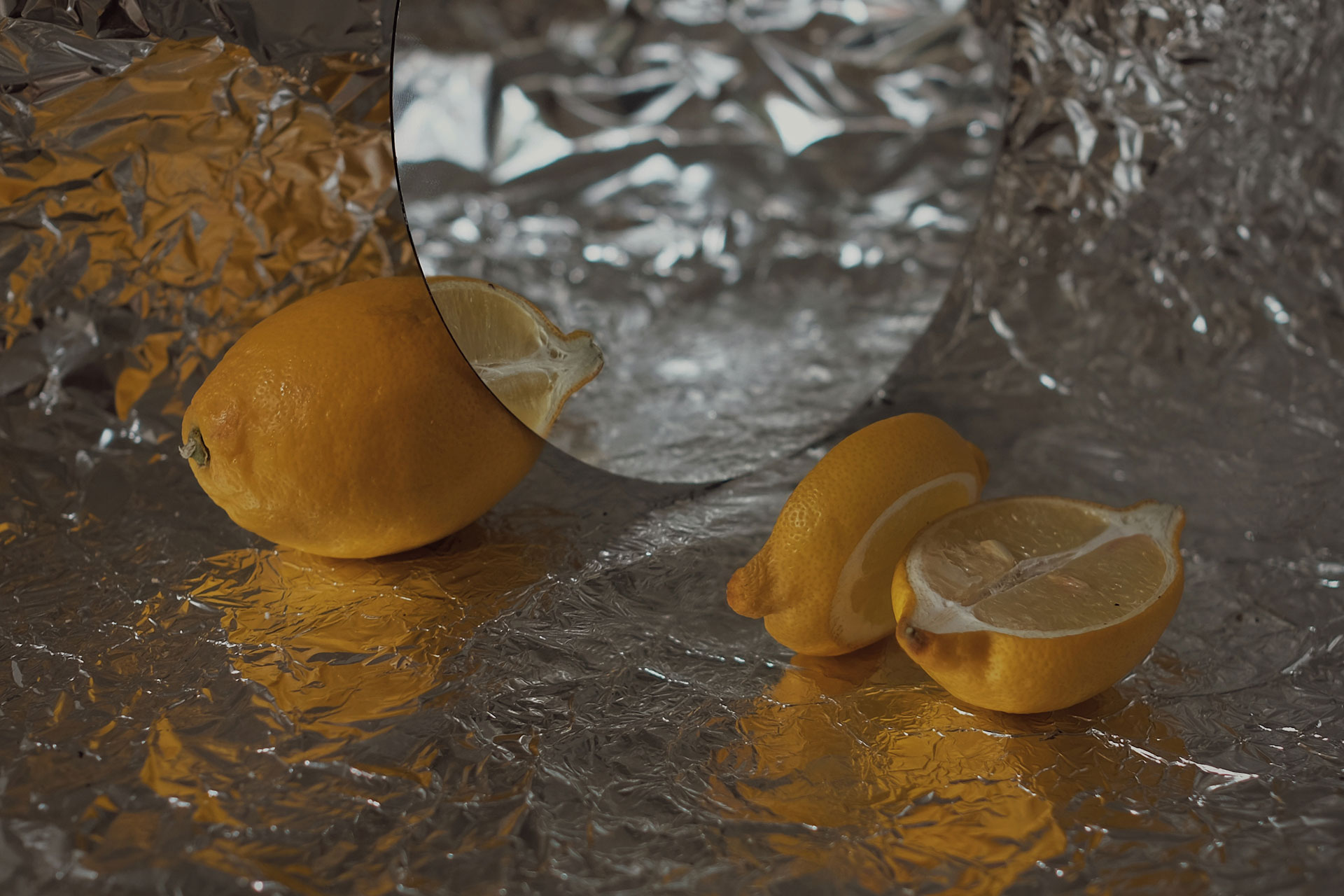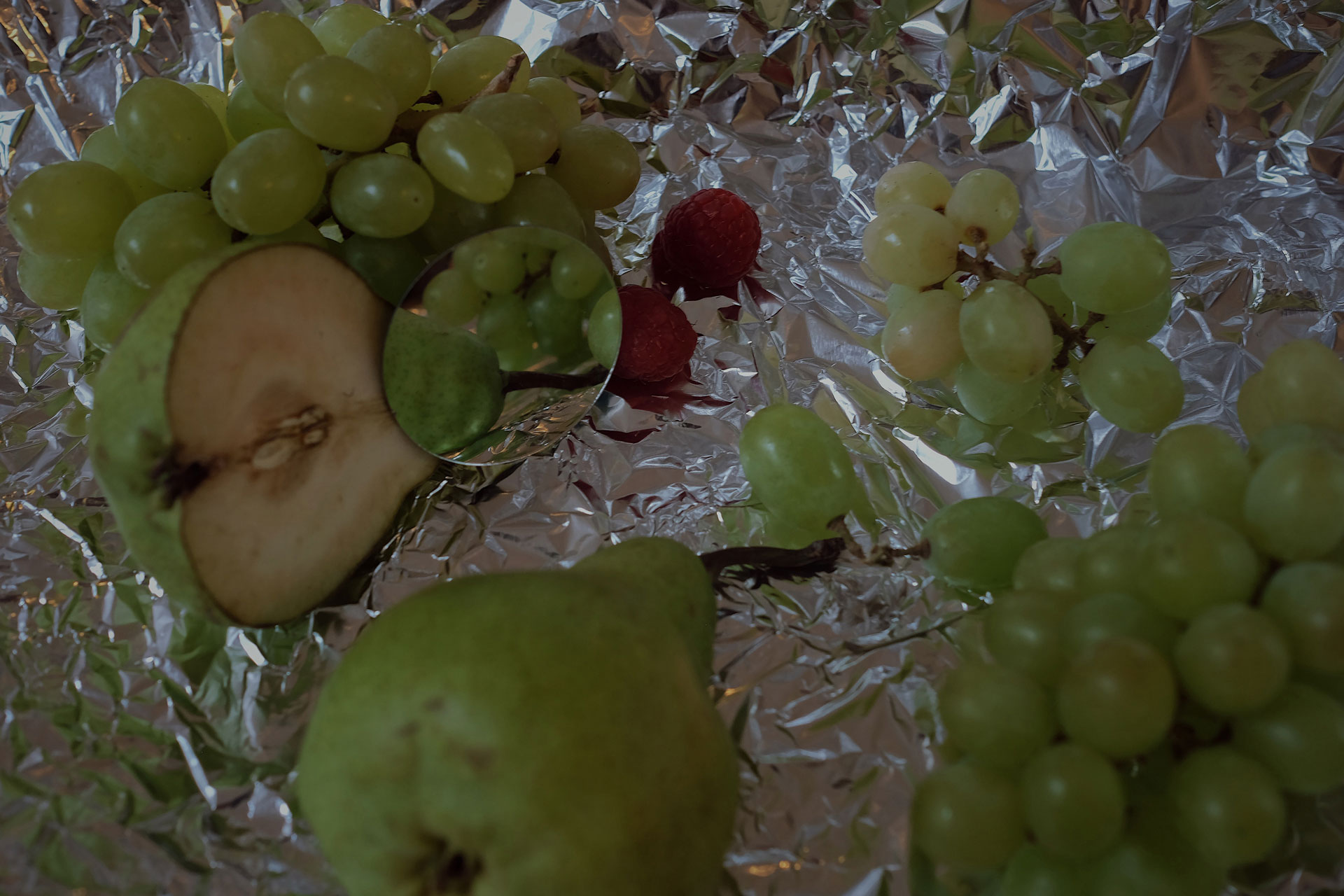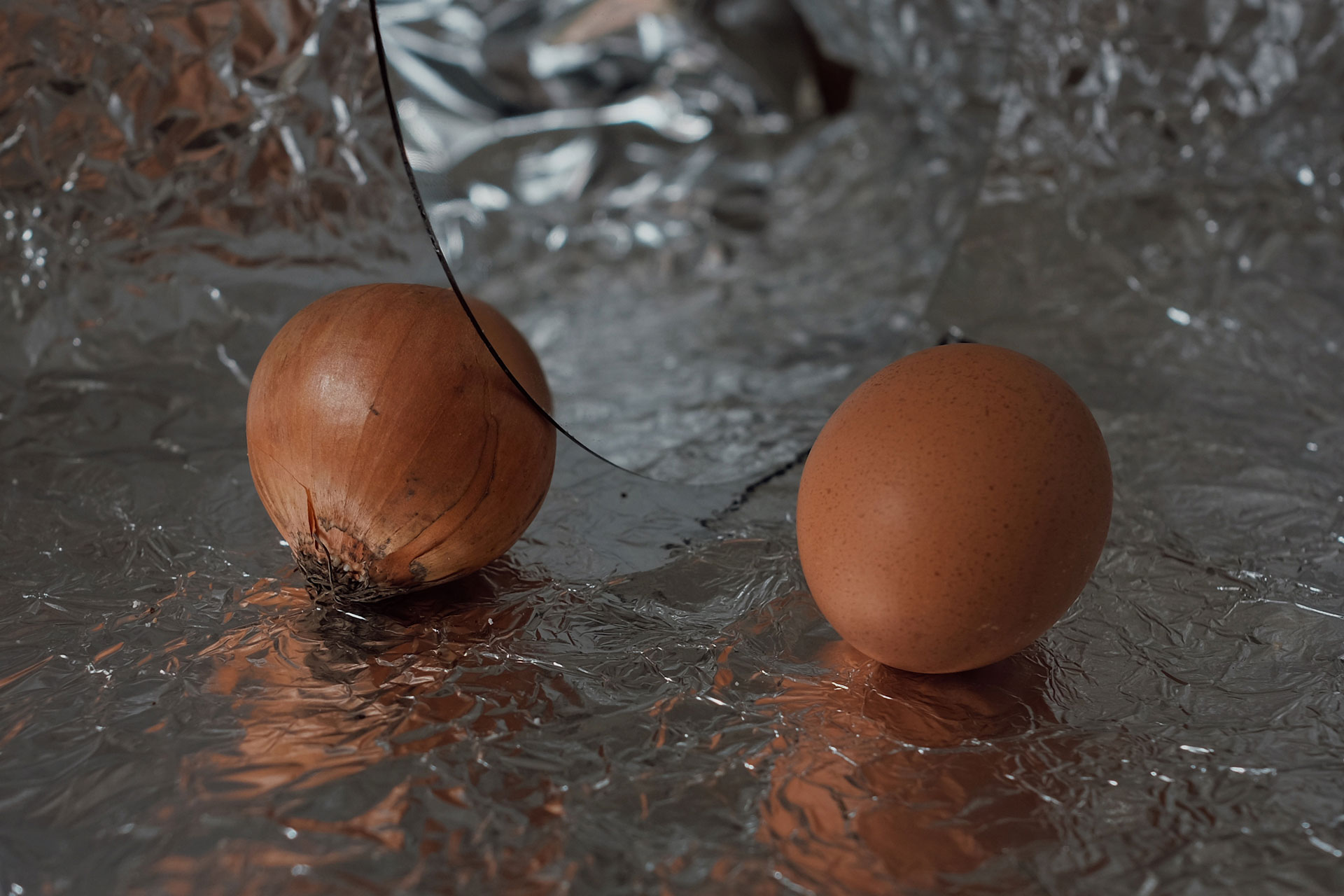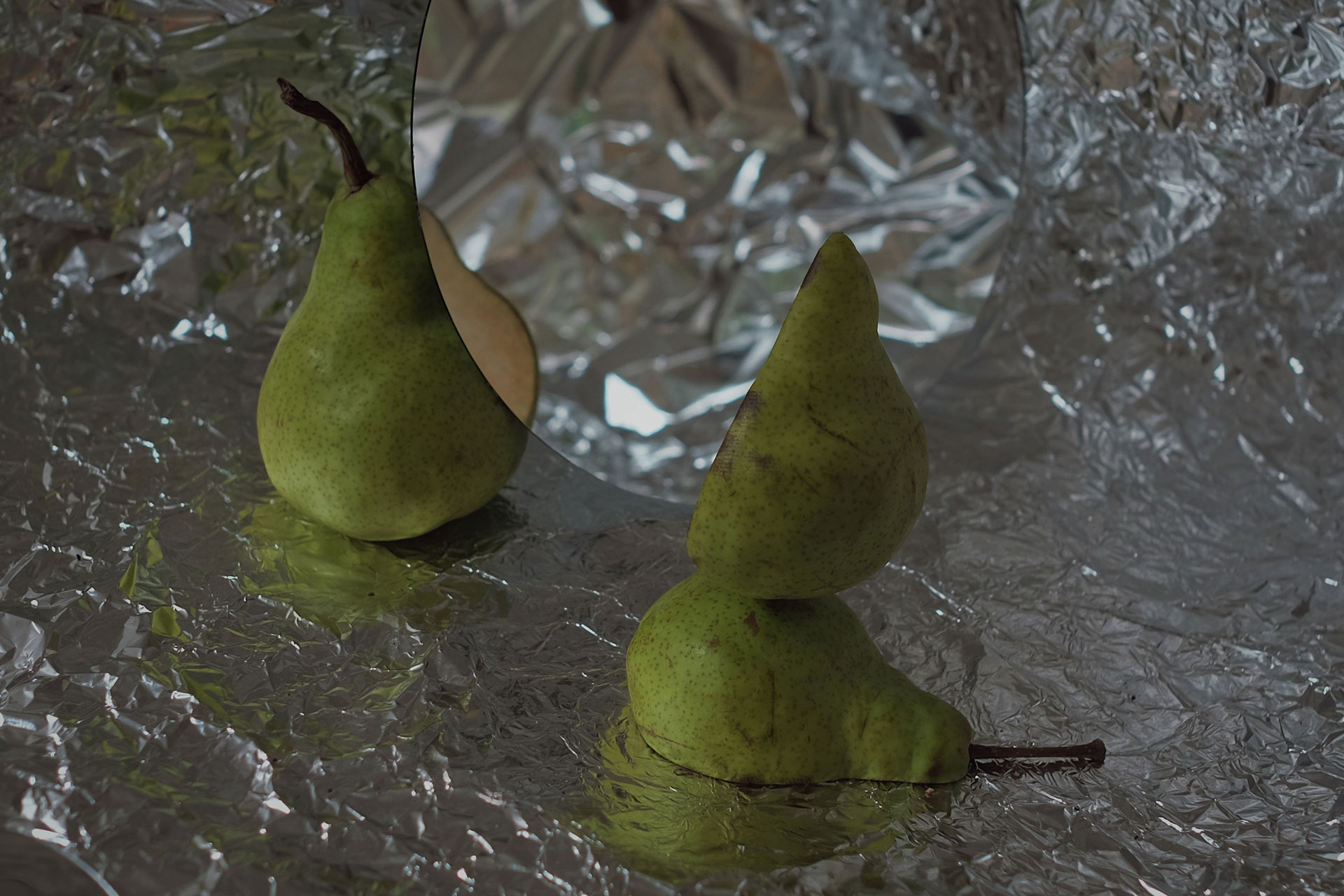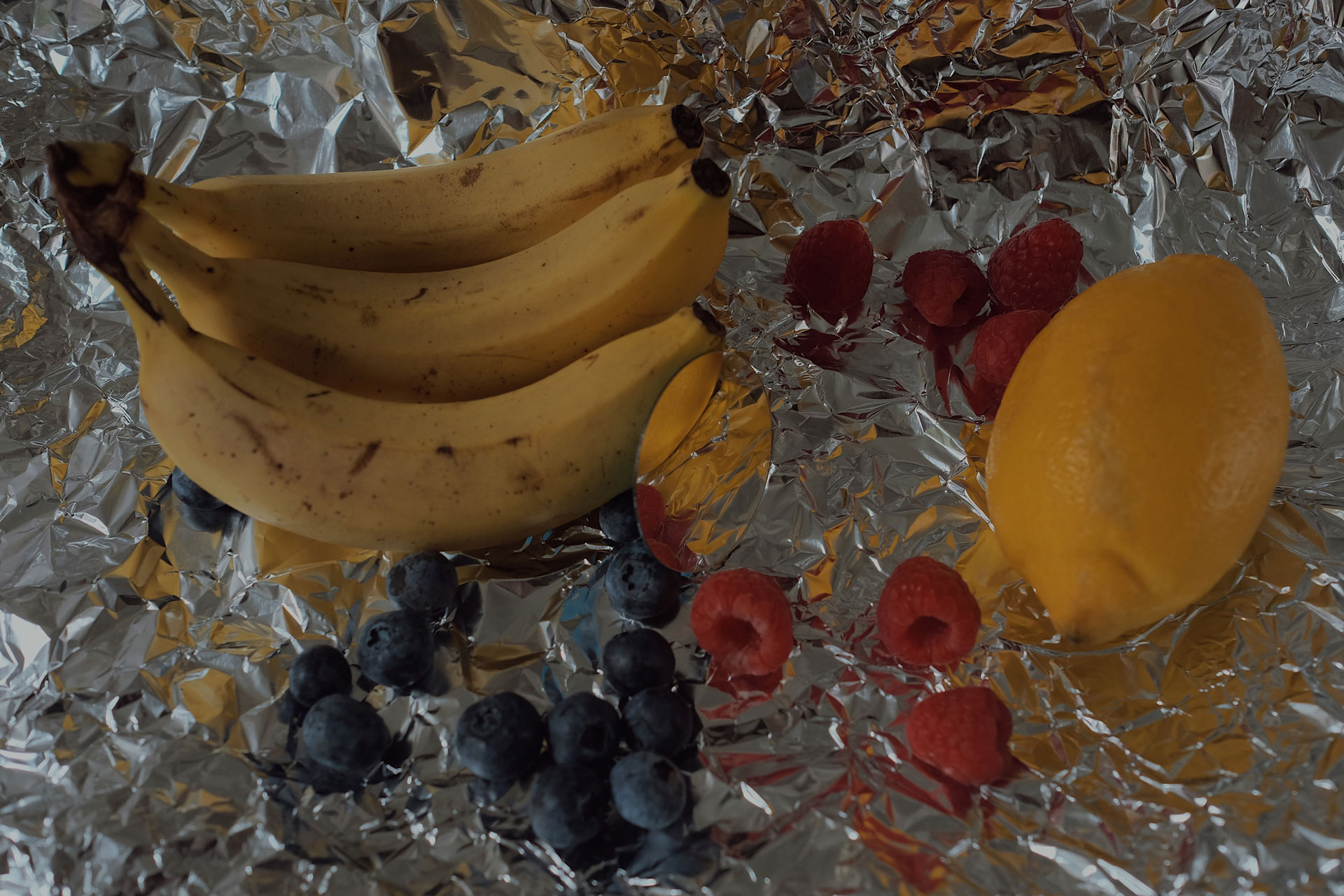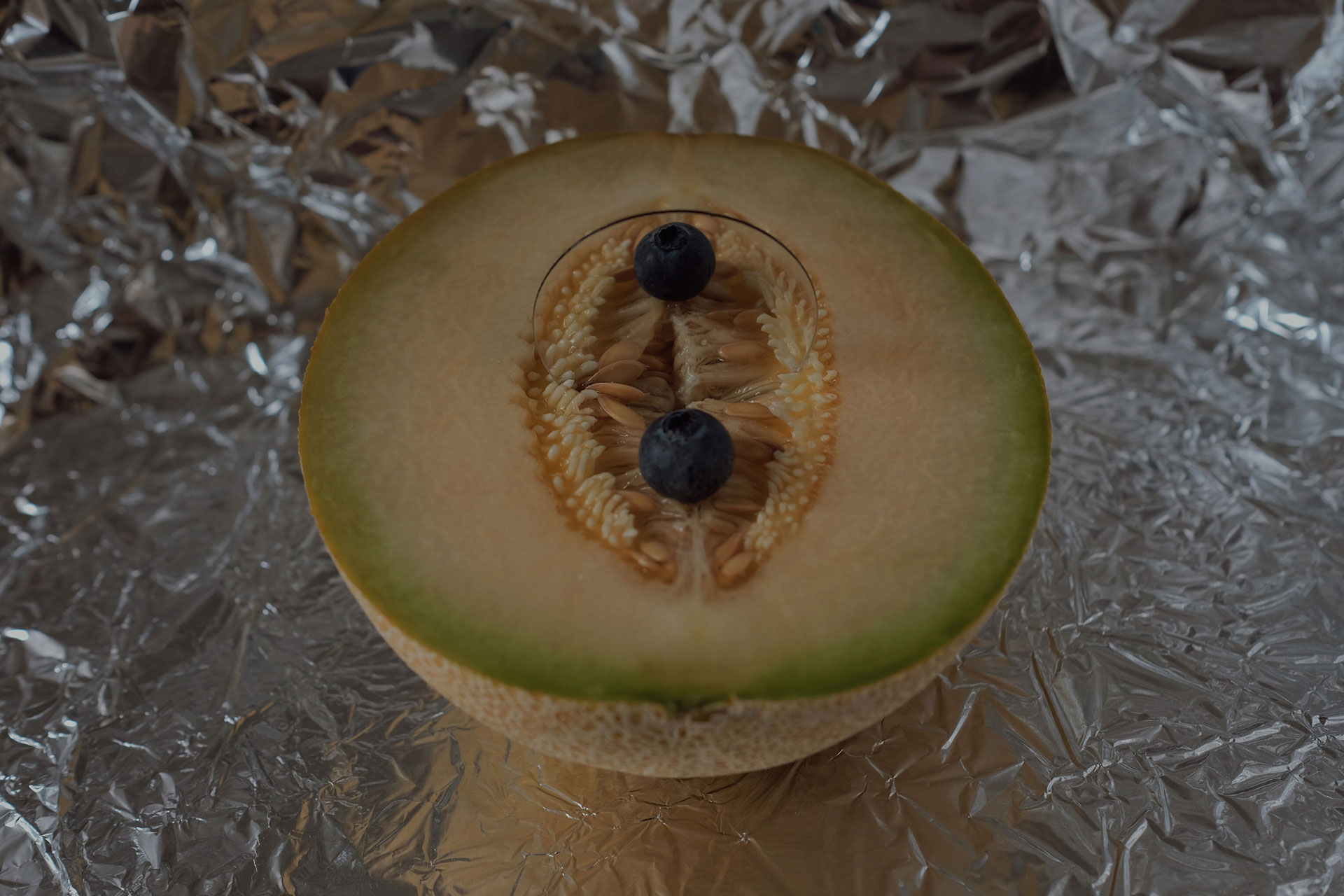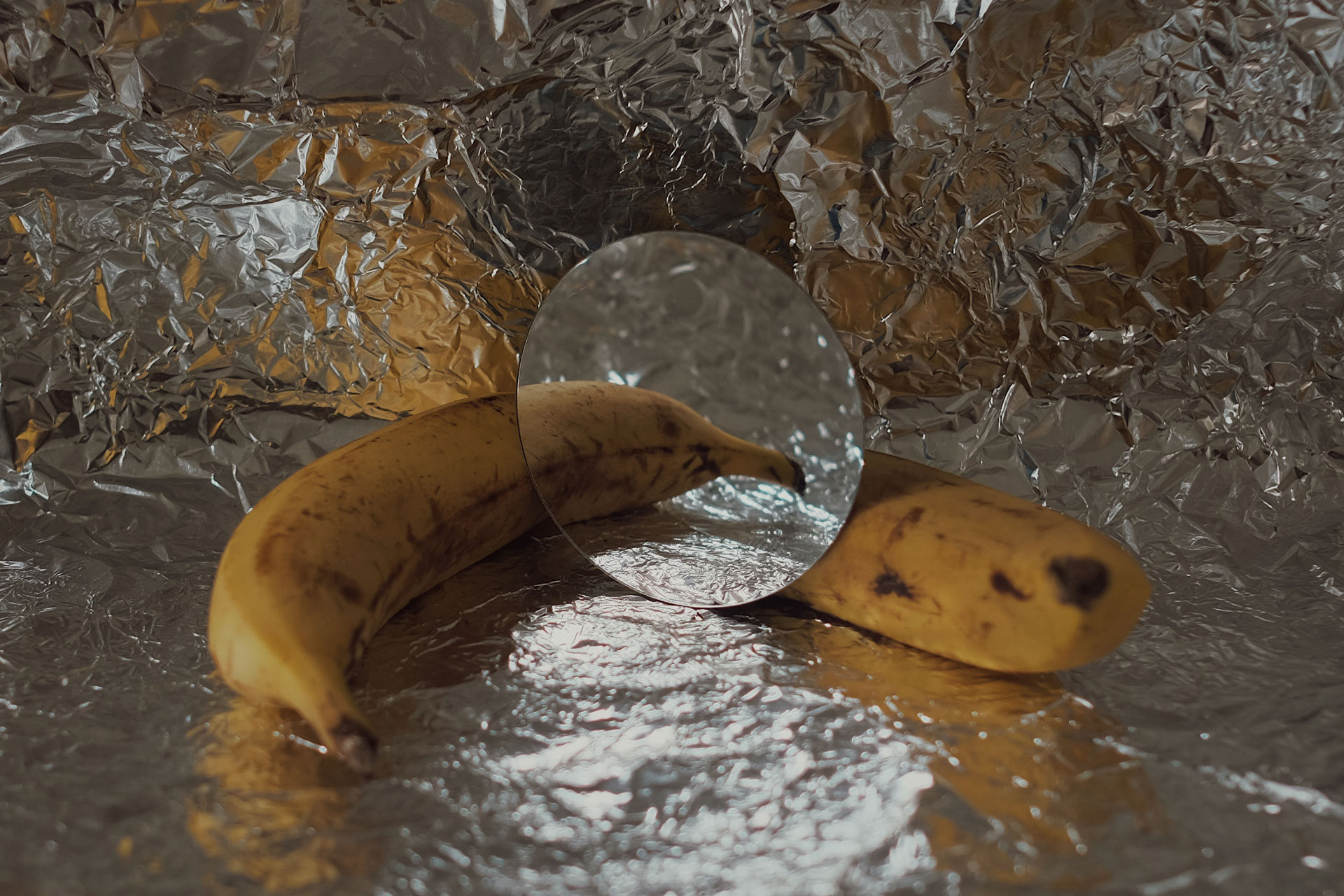Color, shape, and distance are all psychological events. Light and the different distributions of light, are colorless. They become "things" only as they pass through the visual receiving tissue structure and re-recorded by the brain. In The Case Against Reality, Hoffman shows us that if the area of the brain that processes colors is damaged, color can disappear entirely from conscious awareness. This practice uses a mirror to explore the ambiguous figures. Questioning the feeling of ambiguity when viewing images, and rethink about the gap between the instinctive behavior of perception and the logic of understanding. By emphasizing the gap between rational expectations of image logic and its relevance to intrinsic experience, experience becomes both physiological and psychological when the audience watches the images. Perception is generally regarded as a reflection of truth or reality, assimilation of existing and new information in order to understand the physical environment. However, reality depends on the perceiver. It is not a fixed entity, but the construction of our mind, and then it is projected back to the world through behavioral and communication with the surrounding environment.
